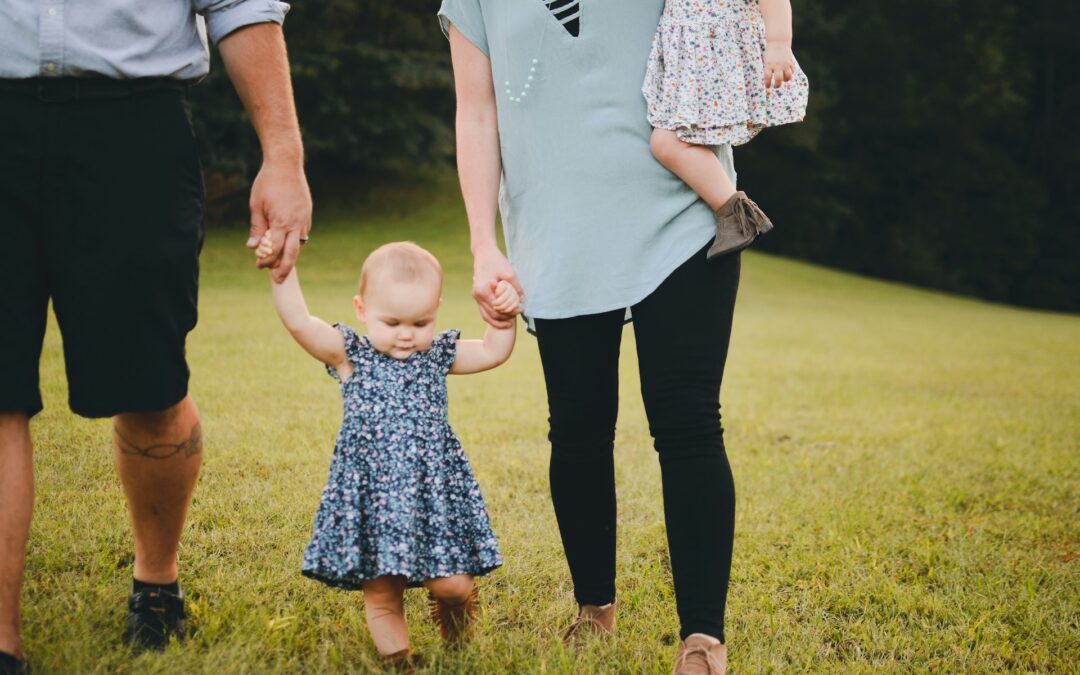If you prefer to listen to this blog, click below for the audio. Or, just read on…
The Good Enough M/Other
In the 1950s, British paediatrician and psychoanalyst Donald Winnicott introduced a concept that quietly revolutionised how we think about parenting. He spoke of the good enough mother: a caregiver who, rather than striving for perfection, meets the child’s needs reliably enough for healthy emotional development, while also allowing the frustrations necessary for resilience to emerge. It was a compassionate, human vision of care that acknowledged imperfection as not only inevitable but essential. It changed everything.
The Modern Challenge for Working Parents
Seventy years on, the pressures on working parents have intensified—especially for those in demanding leadership roles. How we parent in 2025 probably looks quite different to how we were parented. The expectation to be endlessly available at work, emotionally attuned at home, and somehow still tending to your own wellbeing is an impossible standard to maintain.
Plus, for many working parents these days, they are part of a dual-career couple or parenting single-handedly. We might think Winnicott’s theories are, therefore, a little out of date—after all, he wrote for mothers in mid-20th-century Britain—yet the essence of his insight remains vital for all of us navigating work and parenthood today.
It’s time to bring this idea up to date. It’s not just applicable to mothers, but also to fathers, co-parents, stepparents, same-sex parents, grandparents, godparents, and the wider community of adults raising children today. We might call Winnicott’s good enough mother the good enough other in 2025.
The Myth of Perfection
Today’s working parents are often driven by high standards. After all, it’s this ambition that has propelled many of us to where we are in our careers. But perfectionism in parenting—like in leadership—can be corrosive. The modern myth that one should be fully present in every board meeting and at every bedtime story only sets us up to feel we’re failing at both.
Winnicott understood that a child doesn’t need—and in fact shouldn’t have—a perfect parent.
A child thrives when cared for by an adult who responds sensitively and consistently enough, and who allows space for frustration, absence, and repair. In those moments where attention lapses or plans fall through, children begin to develop resilience, creativity, and self-soothing capacities. The ruptures are as vital as the nurturing.
This same principle applies to how we support one another as parents, friends, and colleagues—as others in each other’s lives. The good enough other acknowledges that none of us can do it all, and that we’re interdependent, especially in the thick of careers and caregiving.
Expanding Winnicott’s idea of ‘Mother’
The notion of the good enough other also invites us to widen the circle of caregiving. In dual-career households, single-parent families, and blended families, caregiving is rarely the domain of one person. Nor should it be. When we let go of the ideal of the primary, perfect parent, we make space for a network of good enough others—those who can step in, step back, and share the load.
“It takes a village” has never rung more true.
This might be a partner who takes over when a late meeting overruns, a grandparent on FaceTime reading a bedtime story, a fellow parent who shares playdates or pick-ups to ease the load, a godparent offering perspective, or a trusted friend who’s there to remind us we’re doing better than we think.
Critically, it also needs to be ourselves, forgiving our own limitations and recognising that—as leaders in our organisations and families—our value isn’t measured by omnipresence, but by authenticity, empathy, and knowing when to show up and when to step aside. We often use the acronym ‘ODWOYCD’ in the coaching room to orient parents to only do what only you can do and consider what can be delegated or ditched.
Managing Guilt and Presence
One of the most common themes I hear in my coaching practice with senior parents is guilt.
Guilt for missing sports days. Guilt for snapping at tired children after a draining pitch. Guilt for being distracted in meetings because a child is ill at home. Guilt has become the soundtrack of the modern working parent’s mind.
The good enough other doesn’t dismiss this guilt but reframes it. It acknowledges that there will be missed moments, disappointments, and imperfect choices—being a working parent is full of compromise. What matters more is how we stay connected over time, how we repair when things go wrong, and how we model to our children that being human is messy but manageable.
One powerful practice is to focus on presence over perfection. You may not make every school play, but being fully present when they are at home, even for ten minutes, can outweigh hours of distracted togetherness. Small, meaningful rituals of connection build a sense of security far more than constant availability ever could.
A Culture of Good Enough
As leaders, we also have an opportunity to normalise this ethos in our organisations.
Creating cultures where colleagues can talk openly about family pressures, where flexible working is genuinely respected, and where being a good enough other is seen as a strength rather than a flaw, benefits everyone.
It was around fifteen years ago, when coaching at the BBC, that I first saw this in practice. A working father had an out-of-office message that read:
“I arrive at my desk around 9:45am each day. You can text or leave a message before then, but I will not be able to respond as I drop my children off at nursery and school every morning. Thank you for your understanding.”
I remember feeling so impressed at his courage not only to hold a boundary but to communicate it, both internally and externally.
It’s time to stop holding ourselves to impossible standards. In parenting, as in leadership, good enough really is good enough—not as a compromise, but as a wise, compassionate, and sustainable way to live and lead.
Winnicott’s insight wasn’t about lowering the bar. It was about raising children and living lives that can tolerate imperfection, embrace humanity, and find strength in interdependence.
In 2025, seventy years on from his original theory, it’s still one we’d do well to remember.
If you enjoyed this article and would like to receive the next one direct to your inbox, subscribe to our newsletter here.
Feature image credit: Photo by Christian Bowen on Unsplash

